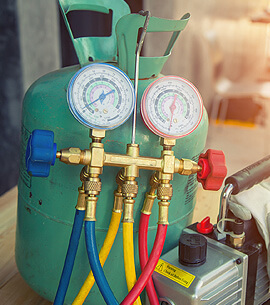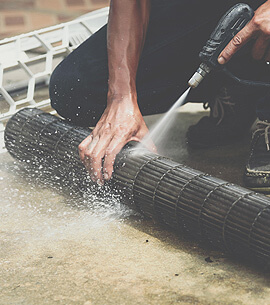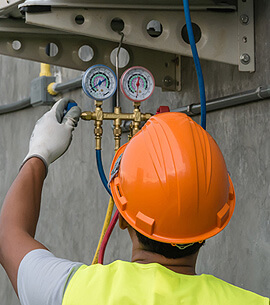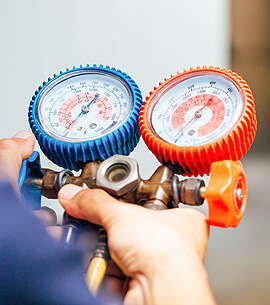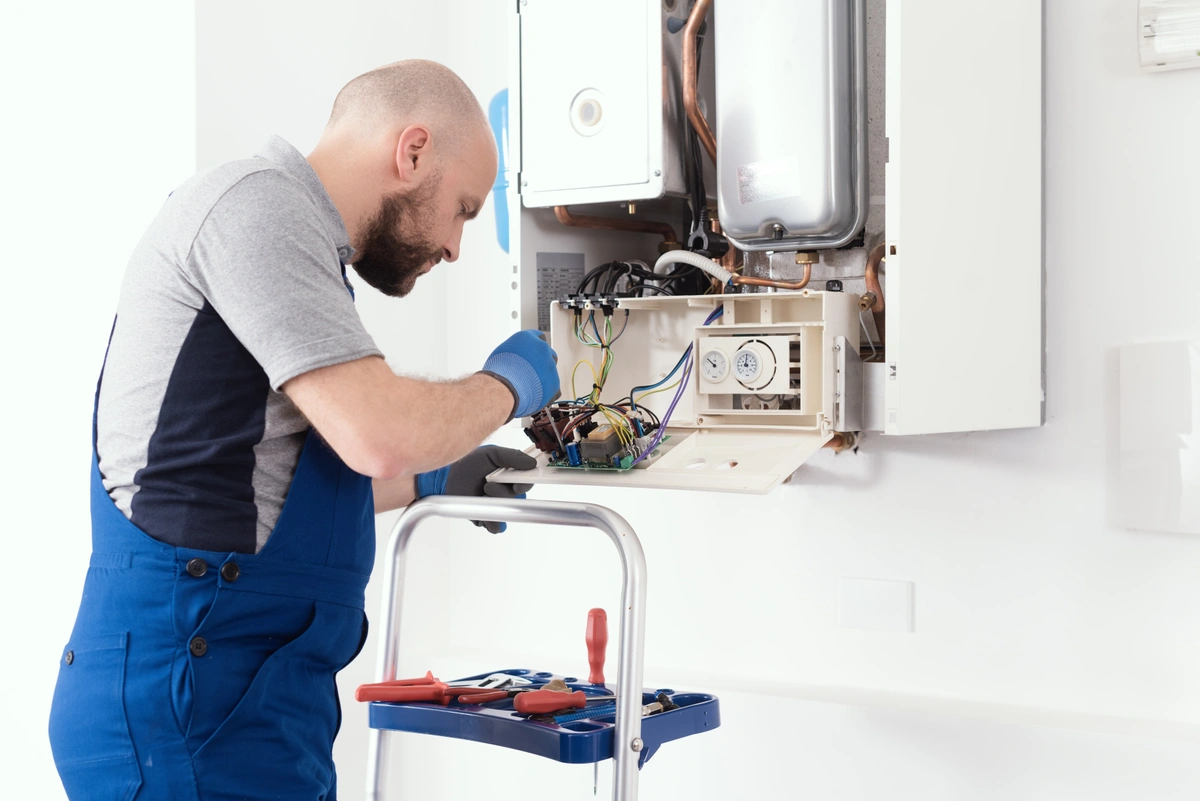JCD Refrigeration Inc. provides its customers with the most reliable and energy-efficient climate control systems available. Our skilled installation team will install your system to the highest standard, making sure to exceed your expectations and leave you satisfied.
- Assessment and Planning:
- Before beginning the installation process, it’s important to assess the heating needs of the building. Factors such as the size of the space, insulation, local climate, and budget will influence the choice of heating system.
- A thorough evaluation of existing infrastructure, such as ductwork, electrical systems, or gas lines, may also be necessary to determine compatibility with the chosen heating system.
- Selection of Heating System:
- Based on the assessment, the most suitable heating system is selected. Common options include furnaces, boilers, heat pumps, radiant heating systems, or ductless mini-split systems.
- Considerations for system selection include energy efficiency, fuel type (gas, electric, oil, etc.), installation requirements, and long-term maintenance costs.
- Sizing and Design:
- Proper sizing of the heating system is crucial to ensure efficient operation and optimal comfort. Oversized or undersized systems can lead to energy waste and performance issues.
- Heating professionals use calculations based on factors like square footage, insulation levels, building orientation, and heat loss/gain to determine the appropriate size of the heating unit.
- Installation of Equipment:
- Once the heating system is selected and properly sized, installation begins. This may involve placing and mounting the heating unit, connecting it to existing ductwork or piping, and integrating it with the building’s electrical or gas supply.
- Installation tasks vary depending on the type of heating system. For example, installing a furnace may involve connecting ducts and ventilation, while installing a boiler may require plumbing connections for water circulation.
- Thermostat Installation:
- A thermostat is installed to control the operation of the heating system. Thermostats may be programmable, smart, or manual, depending on the desired level of control and energy efficiency.
- Testing and Commissioning:
- After installation, the heating system undergoes thorough testing to ensure proper operation. This may involve running diagnostic checks, testing for leaks, verifying airflow, and calibrating controls.
- Testing also includes ensuring that the heating system meets safety standards and regulatory requirements, such as proper ventilation and combustion.
- User Training and Handover:
- Once the heating system is installed and tested, users are provided with training on how to operate and maintain the system effectively. This includes instructions on adjusting settings, troubleshooting common issues, and scheduling routine maintenance tasks.
- Documentation and Warranty:
- Complete documentation of the installation process, including equipment manuals, warranty information, and any permits or certifications, is provided to the building owner for future reference.
Professional installation by qualified heating technicians is essential to ensure the efficiency, safety, and longevity of the heating system. Proper installation also helps optimize comfort levels and minimize energy costs over the system’s lifespan.
